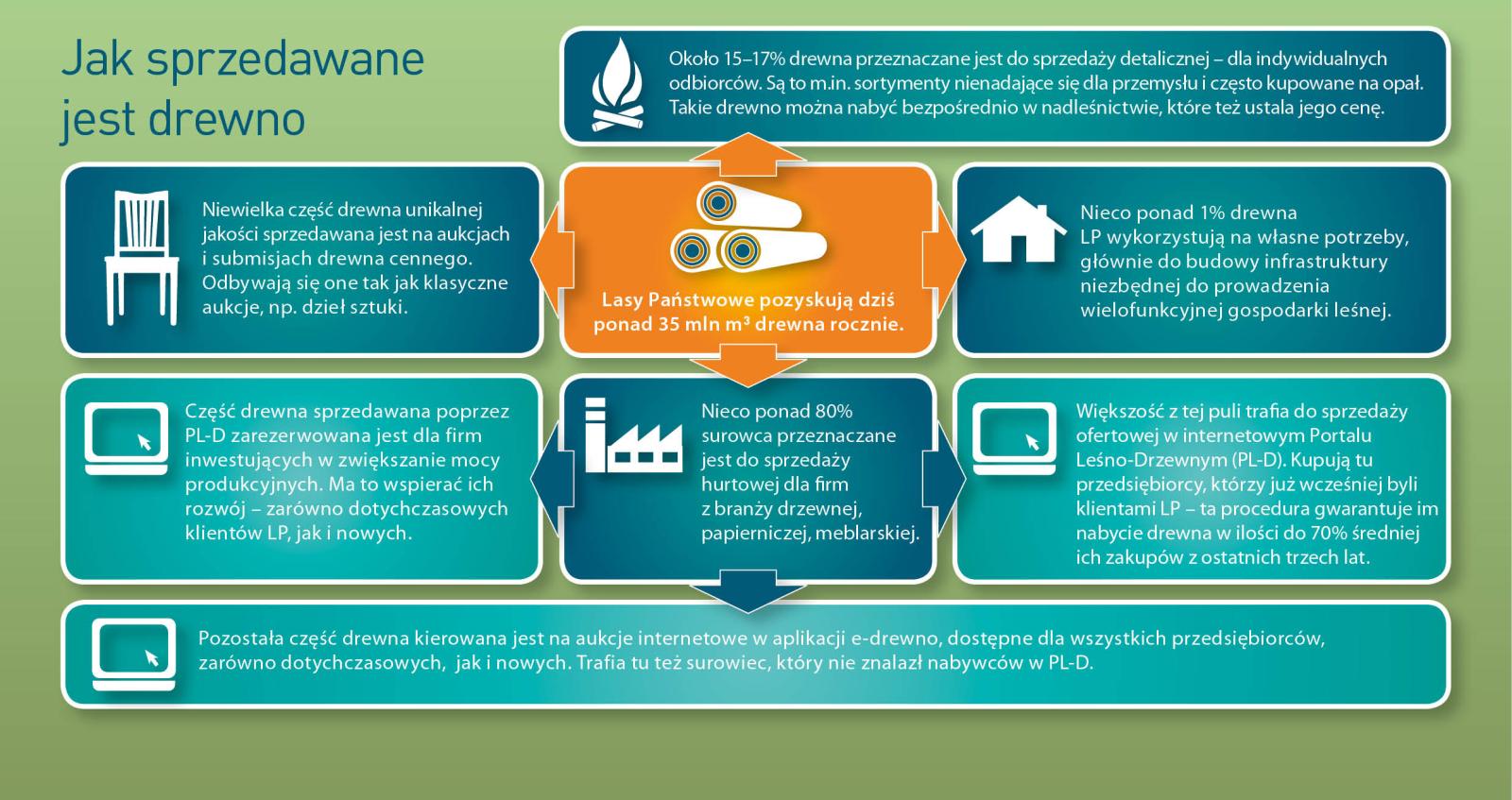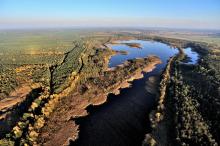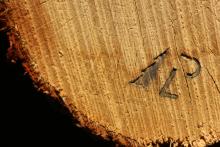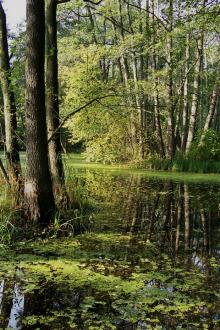 Asset Publisher
Asset Publisher
Sale conditions
Sale conditions of wood are specified by the regulation of Director – General of the Sate Forests.
Within the framework of the individual sale , the foresters try to meet the fast growing demand, because more and more people use wood in order to heat their houses. Contrary to general opinion, these are not only village people, even though they prevail among recipients. The growth of firewood demand is the result of occurrence of new housing estates built in the suburbs of large agglomerations, where houses are usually equipped in fireplace heating installations.
Firewood is not only the most ecological heat source, but also is much more attractive in respect of relation of price and electric efficiency, rather than cola, oil, gas or electric power.
In recent years, the Sate Forests increased the sale of firewood of one third – up to over 4 million cubic meters annually. Firewood is not only the most ecological heat source, but also is much more attractive in respect of relation of price and electric efficiency, rather than cola, oil, gas or electric power. Some of customers choose already prepared and cut into pieces wood, the others very willingly obtain it by themselves after arranging all details and fulfilling particular safety conditions, and after paying the fee; that concerns mainly so called "thinnings". Such a raw material is very cheap, that is why many people from village areas profit from such possibility.
 Asset Publisher
Asset Publisher
Powrót do korzeni – RDLP w Łodzi planuje rewitalizację starych sadów
Powrót do korzeni – RDLP w Łodzi planuje rewitalizację starych sadów
Rewitalizacja zabytkowego sadu w Ożarowie, na terenie Nadleśnictwa Wieluń, była tematem spotkania Dyrektora RDLP w Łodzi Jacka Chudego i Dyrektora Muzeum Ziemi Wieluńskiej Jana Książka. To inicjatywa, która łączy troskę o przyrodę, lokalne dziedzictwo i nowoczesne podejście do ochrony różnorodności biologicznej.
Sad zajmuje niemal 2 hektary i rosną w nim stare odmiany jabłoni, grusz, śliw oraz drzewa miododajne. Rewitalizacja zakłada przywrócenie dawnych historycznych odmian – genetycznie cennych, odpornych na niekorzystne warunki pogodowe i niemal niespotykanych już w nowoczesnych uprawach sadowniczych.
Projekt ma zarówno wymiar przyrodniczy, jak i edukacyjny. Stare sady to ważny element krajobrazu kulturowego i przyrodniczego dziedzictwa regionu. Leśnicy od lat wprowadzają drzewa owocowe jako tzw. domieszki biocenotyczne, które wspierają różnorodność biologiczną.
Po zakończeniu rewitalizacji sad zostanie udostępniony zwiedzającym jako uzupełnienie oferty edukacyjno-kulturowej muzeum. Planowane działania będą realizowane przy wsparciu środków zewnętrznych.












